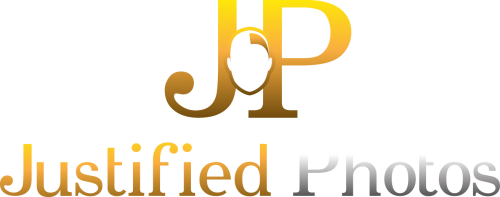Detail
Studio photo shoots often employ many different sources of lights and photographic lighting techniques in order to get stunning images.
About this Event
Studio photo shoots often employ many different sources of lights and photographic lighting techniques in order to get stunning images.
Other times, however, they will use only one light, yet still capture great photos. Here, Alan demonstrates the basic concepts of studio lighting using only a single source. Whether you need to shoot a fashion editorial or a simple portrait, learning how to light with a single source can give you options without spending a bundle on lighting packages.
Alan covers four different techniques including; Split Lighting, Loop Lighting, Rembrandt Lighting and Butterfly Lighting. Many photography classes online give students great information if they already own several thousand dollars worth of lighting equipment. Alan’s photography lessons focus on teaching you how to use what you already have, including things like your smartphone and ambient sunlight, to take gorgeous pictures that look like they came out of a magazine.
Project Assignment.
In this assignment, you will learn the four photographic lighting techniques listed above, as well as helpful guidance on how to shape and control light, no matter the condition or location. These versatile tips will help you adjust the lights for individual subjects, use the right setup for each unique model, and find the right exposure. Shooting in black and white while using a single model, Alan will show you how to try different lighting setups and how to find the best one for the situation. He’ll also help you understand HOW the light interacts with the human face, giving you the skills you will need to take great photos no matter who steps in front of your lens. From posing the model to using the correct bounce, at the end of this assignment you will have created a great series of fashion – worthy portraits.
Equipment.
Just because you don’t have access to a studio doesn’t mean you can’t take professional photos. Here, Alan details the basics of how to get great shots with just a few accessories, and even how to make some of them yourself. From bounce cards to soft boxes, great photos don’t require expensive gear.
Split Lighting.
A great, all-purpose lighting style that works well in almost any situation, split lighting is the building block for the other techniques in the course. Alan shows you how to set up the lighting source, as well as what to look for to determine the best placement. He’ll give you the basics of hard and soft shadows, how to keep a 50/50 light-to-shadow ratio for best results, and a few other great tips to help you get started.
Loop Lighting.
Building on the split lighting, loop lighting gives a slightly more feminine feel to photos. It requires a bit more skill than split lighting and Alan shows you how to use the shadows to dial in your lighting source and a few things to keep an eye out for like “catch light” to make your images pop with style and flair.
Rembrandt Lighting. This style of photographic lighting gives images a slightly more painterly feel and an extra hint of dimension with just a few tweaks to the loop lighting setup. Named after the famous painter, Rembrandt Lighting takes a little more practice, but the results are incredible.
Butterfly Lighting.
This technique is more complicated than the others, but Alan breaks down exactly what to look for and how to setup your single light to take the best shot. He’ll tell you what to watch out for and what might ruin your shot, as well as how to fix it.
Editing.
Alan gives you a few tips on how to make small adjustments to your black and white photos to make the little details stand out. Even if you made a few mistakes while shooting your model, a few quick tweaks in the editing stage can help rescue bad shots and make them presentable.
Start Date
Location
3701 Bank Street
Suite F
Baltimore, MD 21224

Leave a reply